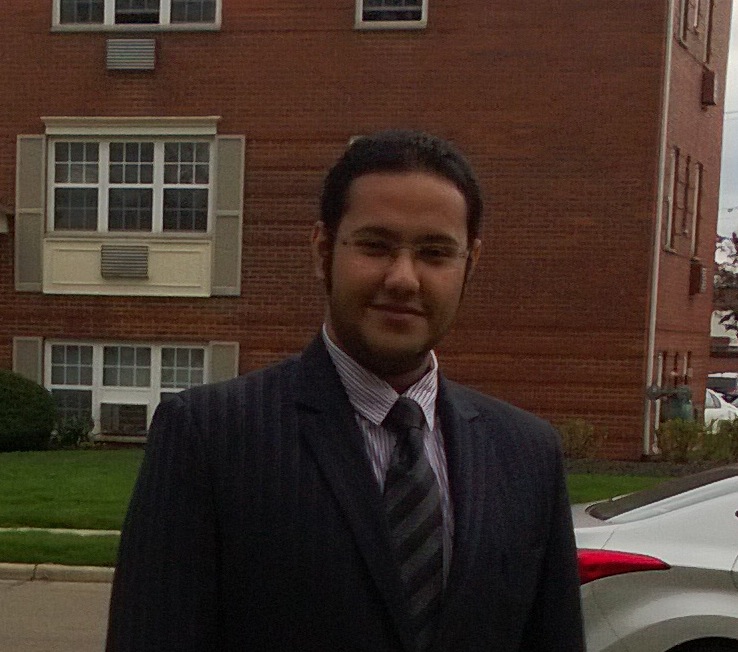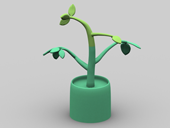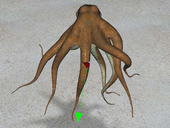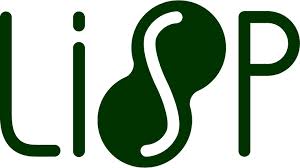
- Passed my PhD Candidacy Examination.
- Paper accepted at Pacific Graphics 2016.
- Interned in Walt Disney Animation Studios at Burbank CA.
I am from the beautiful city of Kolkata in India. Before coming to OSU, I finished my undergraduate studies in the Dept. of Computer Science and Engineering at Jadavpur University in Kolkata.
I have also spent a year at the beautiful city of Bengaluru where I was employed by Synopsys India Pvt. Ltd. as an R&D Engineer in the verification group.
I have travelled to quite a few places around the world. Travel truly broadens the mind and help us understand and appreciate the cultural diversity in this world. My principle travels have been around India(my native land). Europe, parts of Asia, the mystical Egypt and ofcourse USA. Of all the places I have visited, my top picks are New York(USA), Prague (Czech Republic), Alexandria(Egypt), Goa(India) and Hampi(India).

Incremental Deformation Subspace Reconstruction
Rajaditya Mukherjee, Xiaofeng Wu, Huamin Wang. Incremental Deformation Subspace Reconstruction. Computer Graphics Forum (Pacific Graphics 2016).
Recalculating the subspace basis of a deformable body is a mandatory procedure for subspace simulation, after the body gets modified by interactive applications. However, using linear modal analysis to calculate the basis from scratch is known to be computationally expensive. In the paper, we show that the subspace of a modified body can be efficiently obtained from the subspace of its original version, if mesh changes are small. Our basic idea is to approximate the stiffness matrix by its low- frequency component, so we can calculate new linear deformation modes by solving an incremental eigenvalue decomposition problem. To further handle nonlinear deformations in the subspace, we present a hybrid approach to calculate modal deriva- tives from both new and original linear modes. Finally, we demonstrate that the cubature samples trained for the original mesh can be reused in fast reduced force and stiffness matrix evaluation, and we explore the use of our techniques in various sim- ulation problems. Our experiment shows that the updated subspace basis still allows a simulator to generate visual plausible deformation effects. The whole system is efficient and it is compatible with other subspace construction approaches.

A unified approach for subspace simulation of deformable bodies in multiple domains.
Xiaofeng Wu, Rajaditya Mukherjee, Huamin Wang. A unified approach for subspace simulation of deformable bodies in multiple domains. ACM Transactions on Graphics (SIGGRAPH Asia 2015).
Multi-domain subspace simulation can efficiently and conveniently simulate the deformation of a large deformable body, by constrain- ing the deformation of each domain into a different subspace. The key challenge in implementing this method is how to handle the coupling among multiple deformable domains, so that the overall effect is free of gap or locking issues. In this paper, we present a new domain decomposition framework that connects two disjoint domains through coupling elements. Under this framework, we present a unified simulation system that solves subspace deforma- tions and rigid motions of all of the domains by a single linear solve. Since the coupling elements are part of the deformable body, their elastic properties are the same as the rest of the body and our system does not need stiffness parameter tuning. To quickly evaluate the reduced elastic forces and their Jacobian matrices caused by the coupling elements, we further develop two cubature optimization schemes using uniform and non-uniform cubature weights. Our experiment shows that the whole system can efficiently handle large and complex scenes, many of which cannot be easily simulated by previous techniques without limitations.
Visualizing the life and anatomy of dark matter
We provide a visualization based answer to understanding the evolution and structure of dark matter halos by addressing the tasks assigned in 2015 IEEE Scientific Visualization Contest. The data released this year is a Cosmological Simulation dataset generated from the Dark Sky Simulation experiments. Out of the assigned tasks we are addressing the following: data integration and browsing, halo identification and visualization and diving deep into halo substructure.

LISP Interpreter (CSE 6341)
A fully functional LISP interpreter written using C++ for a large subset of LISP commands as a part of Programming Languages class. I have used the Boost C++ library extensively for the Tokenization part. I have also implemented the parsing stage using a LL(1) parser that was written from scratch. The final result can parse LISP expressions of any level of complexity to produce correct results.

Geometry in 2D (Personal)
I was recently learning how to program in Javascript and I thought I will write an interactive Javascript based implementation of some of the stuff in Geometric Modelling class. Thanks to the HTML5 Canvas System, displaying 2D Visualization in browser is a cinch. Another motivation is that most of the current web based stuff are all applet based and we know thats a pain for some people who want to use something like Chrome in OSX.
- 2012-2013 : Graduate School Fellowship, OSU
- 2011 : UGC Undergraduate Research Scholarship, Jadavpur University
- 2010 : DAAD WISE Scholarship